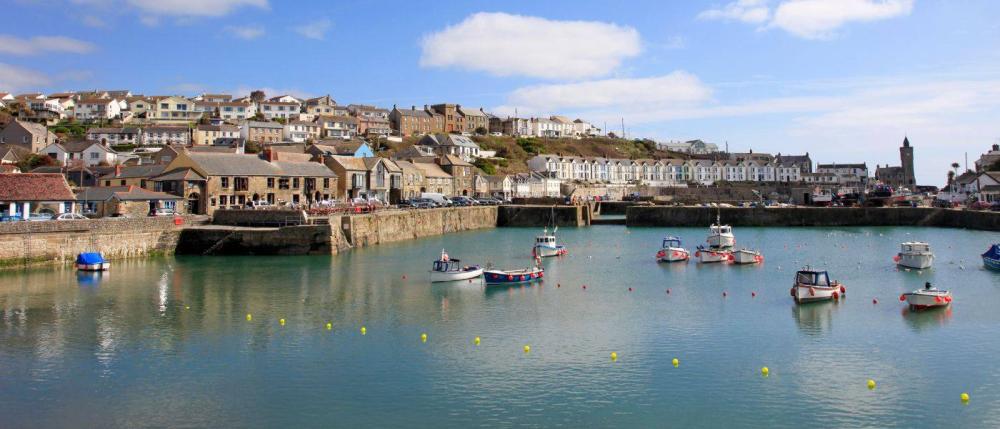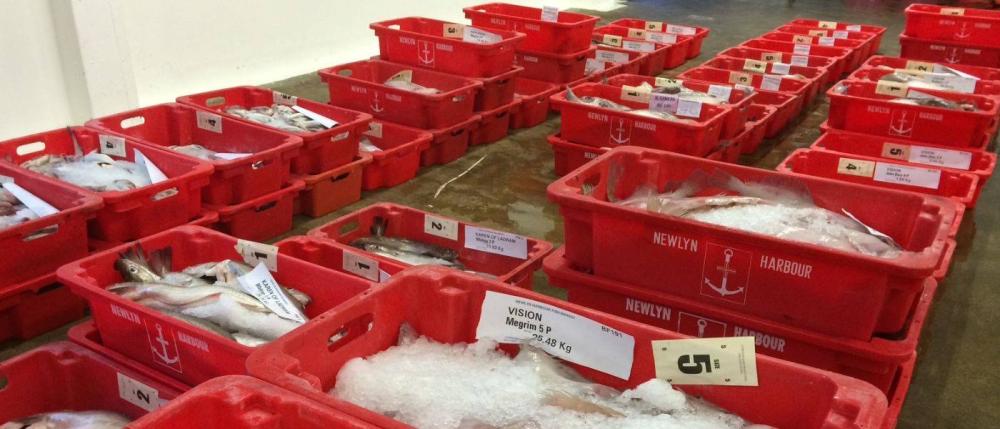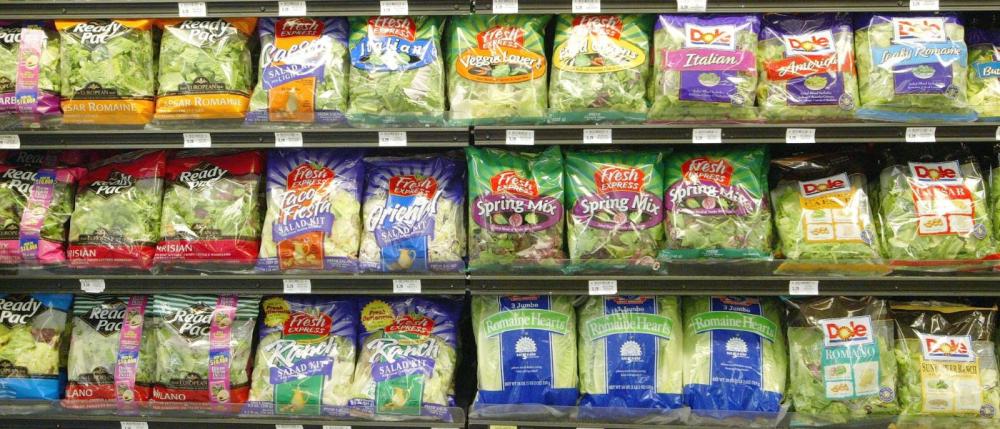When you think of Cornwall, you may picture sweeping coastlines, golden beaches, and salt-laced sea breezes. But Cornwall’s true treasure lies just beyond the shore: its rich, diverse, and sustainable fishing industry. From the early morning bustle of harbour markets to the expert hands of small-scale fishers, Cornish fish and seafood are among the freshest, most responsibly caught, and flavour-packed ingredients you can buy in the UK.
"Over 50 species of seafood are landed in Cornwall"
Fishing has been the lifeblood of Cornwall for centuries. As early as the Middle Ages, Cornish ports like Newlyn, Mevagissey, and Padstow were hubs of maritime activity, where generations of fishers harvested the seas with line and net.
During the 18th and 19th centuries, Cornwall’s pilchard industry boomed, with barrels of salted fish exported to Italy and beyond. The traditional “seine” fishing method – a sustainable technique using long nets to encircle fish – was commonplace and left a light touch on marine ecosystems.
Today, while the industry is smaller, it remains a vital part of Cornwall’s economy and culture. Modern Cornish fishers combine traditional knowledge with cutting-edge technology to ensure they fish responsibly and sustainably.
"80% of the fish we eat in the UK is imported while we export 80% of the fish landed in Cornwall"
In this post you'll find more information on the Cornish fishing industry, main species landed, how they are caught and why you need to be eating more Cornish seafood. Find mouth-watering recipe ideas using local favourites like Cornish hake, mackerel, brown crab, and monkfish on our recipe blog.


Main Species Landed in Cornwall
Cornwall’s unique position, surrounded by the Atlantic Ocean, means its waters are rich with marine life. Every year, a wide variety of species are landed at Cornish harbours, including:
-
Cornish Hake – Silky and flaky, Cornish hake is one of the UK’s most underrated white fish.
-
Mackerel – Abundant, oily, and bursting with flavour.
-
Brown Crab – A West Country classic, known for its sweet and succulent meat.
-
Monkfish – Firm and meaty, often likened to lobster in texture.
-
Pollack, Sardines, Ray, and Gurnard – These lesser-known but delicious species are increasingly popular with home cooks and chefs alike.
Buying Cornish fish means you’re supporting small, local boats rather than industrial trawlers. And you’re enjoying some of the freshest Cornish fish available – often landed just hours before delivery.
Tucked away on the south coast of Cornwall you'll find Newlyn Fish Market. As the largest fishing port in England by value of fish landed, Newlyn plays a leading role in getting fresh Cornish fish from sea to plate. Every day, boats return to harbour at dawn, landing a rich variety of species — from premium Cornish hake and monkfish to brown crab, cuttlefish, and megrim.
What sets Newlyn apart isn’t just its size — though it often ranks second or third in the UK overall behind Scottish ports like Peterhead and Fraserburgh — but its commitment to quality, sustainability, and tradition.
Newlyn is home to over 600 fishing vessels, many of them under 10 metres long. These boats fish responsibly, with methods such as hand-lining, netting, and potting, ensuring minimal bycatch and seabed disturbance.


Why Cornish Fish is Among the Most Sustainable You Can Eat
In an age where sustainability is more important than ever, Cornish fish stands out as a leading example of responsible fishing.
1. Small-Scale, Low-Impact Methods
Over 80% of Cornish vessels are under 10 metres long. These small boats use methods such as hand-lining, potting, and netting – all of which have lower bycatch rates and minimal seabed impact. When you buy Cornish fish, you're supporting this low-impact approach.
2. Strong Fisheries Management
Cornwall is part of several collaborative efforts, such as the Cornwall Good Seafood Guide, which helps consumers identify the most sustainable fish to eat. Local fishers follow strict quotas, seasonal closures, and gear regulations to protect fish stocks for future generations.
3. Traceability and Quality
Many Cornish fish boxes now come with details about where and how your fish was caught. You can trace it back to the harbour, and often the very boat. This level of transparency is rare – and something Cornwall does exceptionally well.


Where to Buy Fresh Cornish Fish
At The Cornish Food Box Company, we make it easy to access the best Cornish fish and seafood. Our fish boxes are filled with responsibly sourced, freshly landed species. Whether you're a seasoned seafood lover or new to cooking with fish, our boxes are a great way to get the best seasonal fish delivered to your door. You can find helpful cooking tips, storage advice, and portion guides on our recipe blog.
You can buy Cornish fish online from our website, with nationwide delivery, and know that you’re enjoying something truly special – while supporting local fishers and protecting our oceans.
Freshness: Often caught and on your plate within 24–48 hours.
Sustainability: Supports responsible fishing methods and healthy fish stocks.
Local Economy: Keeps profits in Cornwall, supporting coastal communities.
Flavour: Packed with taste and ideal for home cooking.
Whether it’s a light lunch of grilled mackerel or a comforting monkfish curry, Cornish seafood offers an incredible variety of flavours while also being one of the most sustainable choices you can make.


